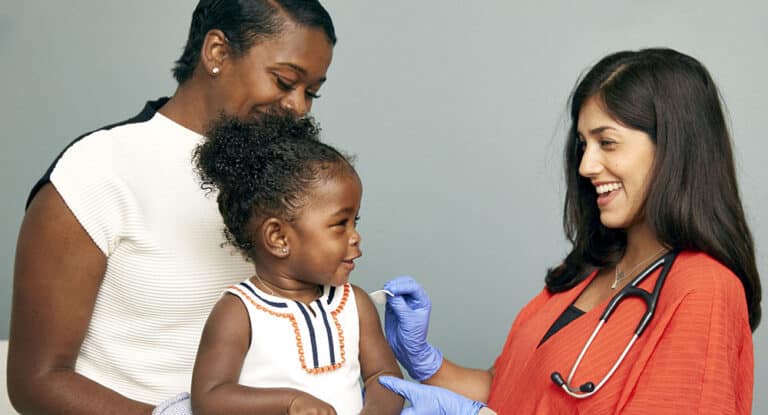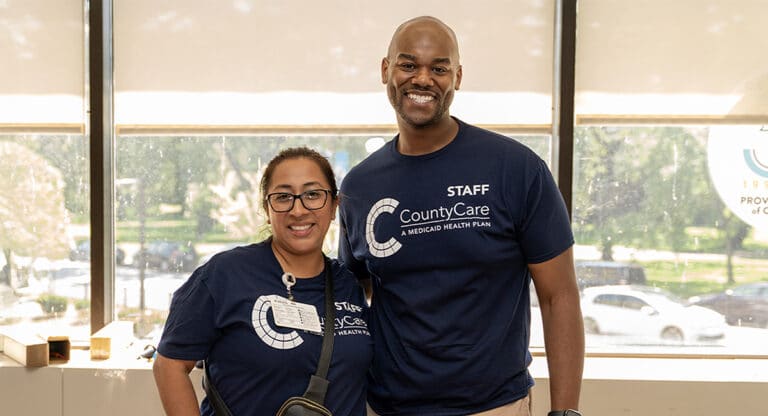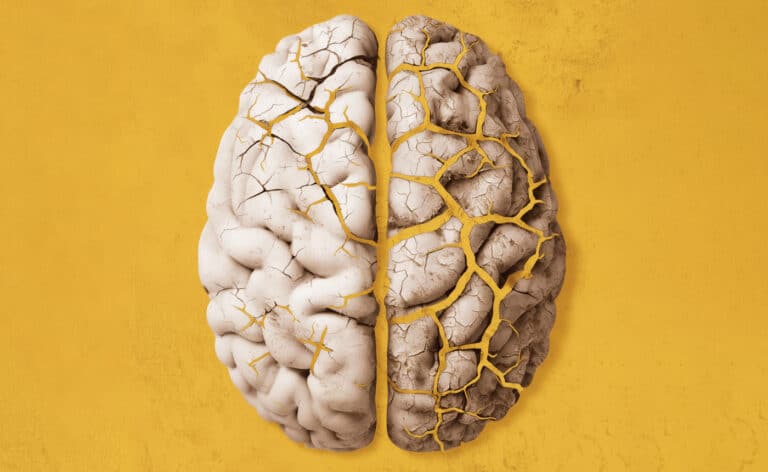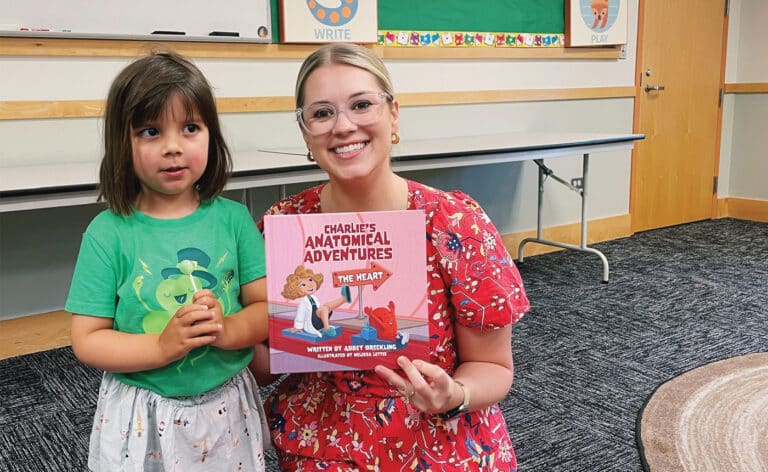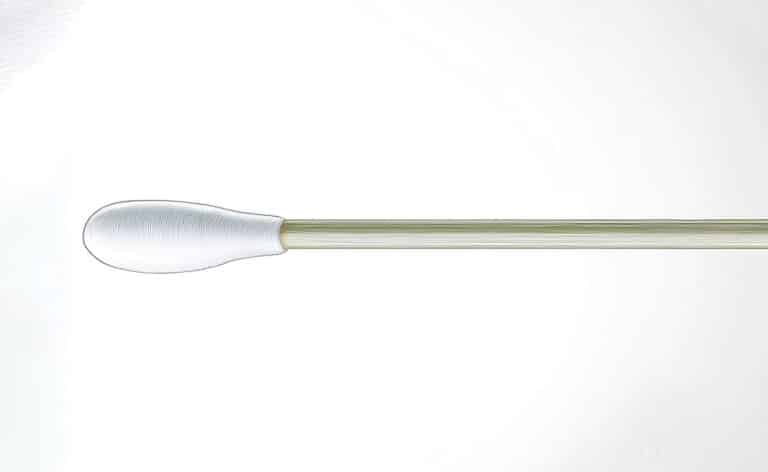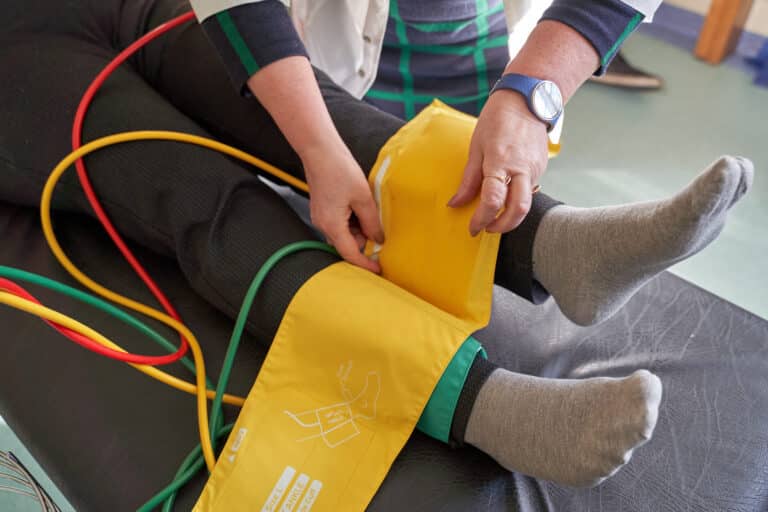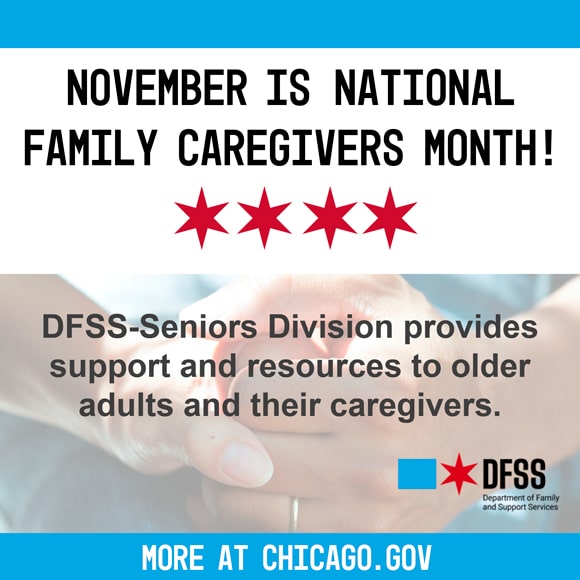As people in the U.S. feel increasingly divided, acupuncturists work to unify how people view health and resiliency
Fact checked by Ros Lederman
Above photo: Changwu Wang, a second-year student at the Pacific College of Health and Science, heads to classes that teach him how to integrate ancient healing techniques such as acupuncture and modern medicine. (Frances Mack)
Changwu Wang pulled a small paper package of disposable acupuncture needles from his backpack. He opened the package, peeled back the foil, and removed a few thin needles. Craning, he inserted one into the nape of his neck. Then another behind each ear, a couple on the inside of his wrists, and a few more into the skin between his thumb and index fingers.
The day before, on Saturday, Wang had started to feel congested and noticed beads of sweat forming on his forehead.
To fight the looming cold, he brewed a swirling soup of medicinal herbs. Then, he treated himself with acupuncture — the ancient Chinese practice of inserting tiny needles into the skin at strategic points on the body to promote healing and balance.
Most people take seven to 10 days to recover from the common cold, according to Mayo Clinic. But by Monday — just two days after his first symptoms — Wang says he felt much better.
“I use the needles to help myself, to release the symptoms, and I think it works well,” Wang says. “In China, we have an idiom that means, ‘through the needles, we can treat many diseases.’ So a cold is a small piece of cake.”

Wang commutes roughly 10 hours each week from Troy, Michigan, to Chicago and back again to attend classes. Traveling by Amtrak, he crosses time zones and state lines to study acupuncture at the Pacific College of Health and Science, 230 W. Monroe St., in Chicago’s Loop.
Acupuncture dates back approximately 3,000 years ago and was originally rooted in the idea of balancing the body’s internal energy, or “qi.” Since the 1950s, researchers using a Western scientific lens have begun to understand the physiological mechanisms behind it.
Ryan Davenport, a doctor of acupuncture and Chinese medicine who taught at Pacific College from 2013 to 2021, says inserting a needle prompts the body to release chemicals — including endorphins — that signal the brain to relieve pain.
At Pacific College’s clinics, acupuncturists and students like Wang are helping bridge the gap between Eastern and Western medicine to improve public health through integrative approaches.
There’s still much work to do. A wave of executive orders issued by the Trump administration and new leadership at the U.S. Department of Health and Human Services — now headed by Robert F. Kennedy, Jr. — have led to a cascade of policy shifts affecting healthcare access and public health communication.
Sylvia Gonzalez, a licensed acupuncturist, herbalist, and a research specialist at the University of Illinois Chicago School of Public Health. She also recently launched her own acupuncture clinic, Red Earth Acupuncture. Gonzalez says recent political decisions have created uncertainty across the healthcare landscape.
“We’re all connected,” Gonzalez says. “In addition to really trying to dismantle these public health institutions, there are other very harmful actions that [President Trump] is taking that are affecting people trying to access care.”
Gonzalez centers her practice on healing justice — an approach to wellness grounded in social equity and community empowerment.
“Taking care of ourselves — it’s an act of resistance,” she says. “Especially as we’re living in such oppressive systems, and especially for marginalized and systems-impacted folks, whose humanity is extracted for profit at the expense of their health.”
Both Gonzalez and Davenport practice integrative medicine, which the National Institutes of Health defines as combining Western medical practices and complementary approaches like acupuncture.
Davenport now works as a senior acupuncturist at Endeavor Health, where he partners with functional and family medicine physicians in the pain clinic. Through this work, he’s come to see the value of flexibility — and the dangers of dogma — in medicine.
As a child who struggled with chronic illness, Davenport found early medical experiences to be invasive. Later, while studying medical anthropology, he was struck by how narrowly biomedicine often views the body.
“Western medicine was used to view the body much like a car, like little parts that are kind of separate,” he says. “There’s no difference between the mind, body, and spirit in Chinese medicine. When we treat people, even if they’re coming in for pain, we always think about the whole person. We don’t see them as constituent parts.”
Despite philosophical differences, both systems ultimately aim to heal. Davenport regularly consults with colleagues across departments and refers patients to the most appropriate providers — whether rooted in Eastern or Western tradition.
Gonzalez does the same. She says Western and Eastern medicine are very different, but they can be combined effectively to promote healing.
Wang hopes to become an “excellent acupuncturist” — like his teacher in Beijing, who could diagnose a patient in one or two minutes by observing subtle physiological signals.
For now, Wang pores over anatomy diagrams on the fold-down tray tables of Amtrak trains, preparing for a future where he can help people — wherever they are.
“The exciting part for me,” he says, “is I [can help] more and more people to release pains and hard times, no matter if people live in the West or in Asia.”

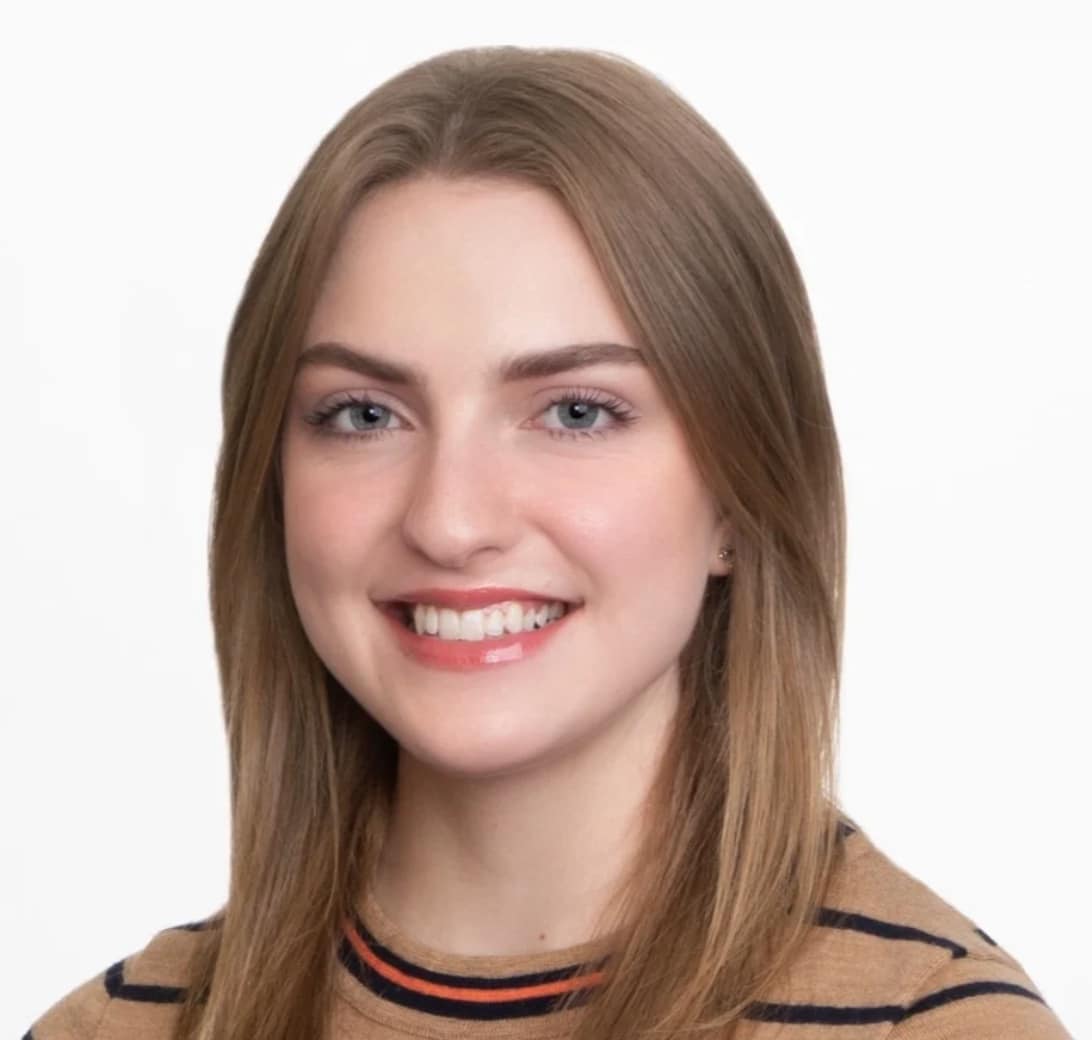
Frances Mack is a freelance multimedia journalist specializing in scientific and environmental reporting. She started her journey as a science communicator in high school at the Corning Museum of Glass in Corning, New York, where she gave presentations to hundreds of visitors daily about the atomic makeup of glass. There, she uncovered a passion for service communication and sparking curiosity in others. Read More





